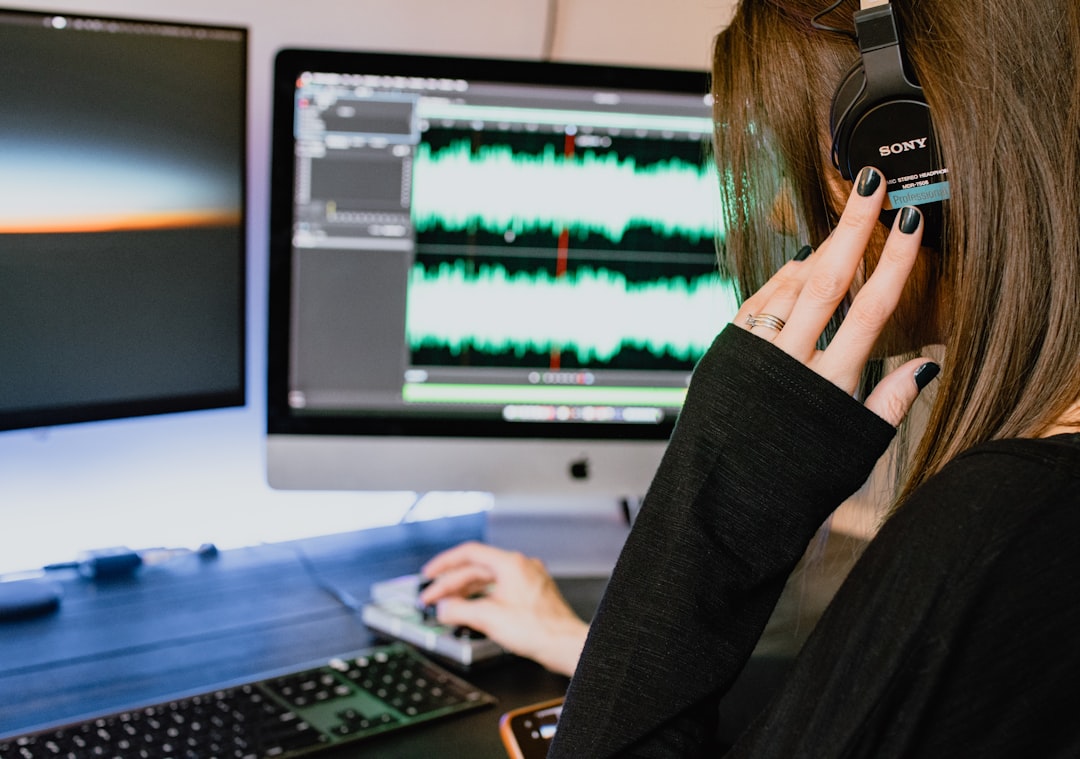AI Stem Splitter – A Simple Guide to Isolating Vocals and Instruments with Precision
Music is often more than just a finished song; it is a combination of layers, each adding its own character to the overall sound. Vocals, drums, basslines, guitars, and other elements blend together to form a complete track. But what if you could pull those layers apart? That is where an AI stem splitter comes in.
An AI stem splitter is a tool that can separate a song into individual components, often called “stems.” These stems can be vocals, drums, bass, piano, or any other instrumental layer in the track. Thanks to advances in artificial intelligence, this process has become more accurate, faster, and accessible to everyone — not just sound engineers.
What Is an AI Stem Splitter?
An AI stem splitter is software powered by machine learning models trained to recognize and isolate different parts of an audio file. You can think of it like a smart filter that can listen to a song and say, “This part is the voice, this part is the bass, this part is the drumbeat,” and then create separate files for each.
Unlike traditional audio editing, which often required complex manual work, AI stem splitting can process a song in minutes. It uses patterns in frequencies, harmonics, and waveforms to identify and split the track without degrading quality.
Why People Use AI Stem Splitters
Different people use AI stem splitters for different reasons. Here are some common examples:
1. Remixing and Mashups
Producers often want to isolate vocals from one song and combine them with instruments from another. By extracting stems, they can do this without needing special studio versions.
2. Karaoke Creation
If you remove the vocal stem from a track, you have an instrumental version perfect for karaoke.
3. Music Education
Teachers can isolate specific instruments to help students hear how they are played and understand their role in the song.
4. Practice for Musicians
Guitarists, drummers, or bassists can mute their instrument’s stem and play along with the rest of the band’s parts.
5. Audio Restoration
Old recordings can be cleaned up by separating noise from the desired stems, making them clearer.
How an AI Stem Splitter Works
The process of splitting audio stems with AI generally involves four steps:
Step 1 – Upload the Track
You provide the song file in a common format such as MP3, WAV, or FLAC.
Step 2 – AI Analysis
The AI model scans the file, looking for patterns in the audio that match known characteristics of vocals, bass, drums, or other instruments.
Step 3 – Separation
The tool divides the track into individual audio files for each stem.
Step 4 – Download and Use
You can then download the stems for editing, remixing, or any other creative use.
The Advantages of AI Stem Splitters
1. Speed
Where manual separation might take hours, an AI stem splitter can produce results in minutes.
2. Precision
Modern AI models are trained on vast datasets, making them capable of separating even overlapping sounds with surprising clarity.
3. Accessibility
Many AI stem splitters are available online for free or at low cost, meaning you don’t need expensive studio equipment.
4. Creative Freedom
Artists can experiment with existing music without relying on official multitrack recordings.
Free AI Stem Splitters – Are They Worth It?
Many free AI stem splitters perform impressively well for casual or beginner use. They can quickly isolate vocals, basslines, and drums without major loss in quality. However, free tools may come with certain limitations:
- File size limits – You may not be able to process very large or high-resolution audio files.
- Number of splits – Some free versions allow splitting into only two stems (vocals and instrumental) rather than multiple parts.
- Processing time – Free services might process slower during peak hours.
If you need more advanced options like separating individual instruments beyond the basics, a paid tool might be worth considering.
Tips for Getting the Best Results
Even with a powerful AI stem splitter, the quality of your results can vary depending on the source track. Here are some tips:
- Start with High-Quality Audio
Use the highest bitrate version of your song for better accuracy. - Avoid Overcompressed Files
Songs that have been heavily compressed for streaming may not separate as cleanly. - Experiment with Settings
Some tools let you choose between “fast” and “high quality” processing — test both to see what works for your track. - Post-Process Your Stems
Even after separation, you may want to use EQ, noise reduction, or other audio editing tools to polish the result.
AI Stem Splitting in Music Production
For producers, the AI stem splitter has become an essential tool. Instead of waiting for official acapella or instrumental versions, they can create their own from any track they have rights to use. This opens the door for:
- Quick Remix Ideas – Test song combinations instantly.
- Sampling – Isolate a bassline or drum loop for inspiration.
- Collaboration – Share specific stems with collaborators without sending entire multitracks.
The Future of AI in Music Separation
As AI models improve, stem splitting will become even more precise. Future tools may:
- Detect and separate not just instruments, but also effects like reverb and delay.
- Identify background vocals separately from lead vocals.
- Process live recordings with the same clarity as studio tracks.
We can expect faster processing times, more accurate separation in complex mixes, and seamless integration with popular music production software.
Common Misunderstandings About AI Stem Splitters
While AI stem splitters are powerful, they are not magic. Some people expect them to perfectly isolate every sound without any leftover audio bleed. In reality:
- Complex mixes with overlapping sounds can still challenge AI.
- Some subtle background instruments may appear in more than one stem.
- Quality can depend on the song’s production style.
That said, for most creative projects, the results are more than good enough.
Conclusion
An AI stem splitter is one of the most exciting tools for anyone working with music — from hobbyists making karaoke tracks to professional producers remixing songs. By harnessing artificial intelligence, it’s now possible to separate vocals, basslines, drums, and more with just a few clicks.
Free AI stem splitters are an easy way to try this technology, and as AI models continue to evolve, the accuracy and speed will only get better. Whether you’re learning, creating, or just exploring music, stem splitting opens up a whole new world of possibilities.






